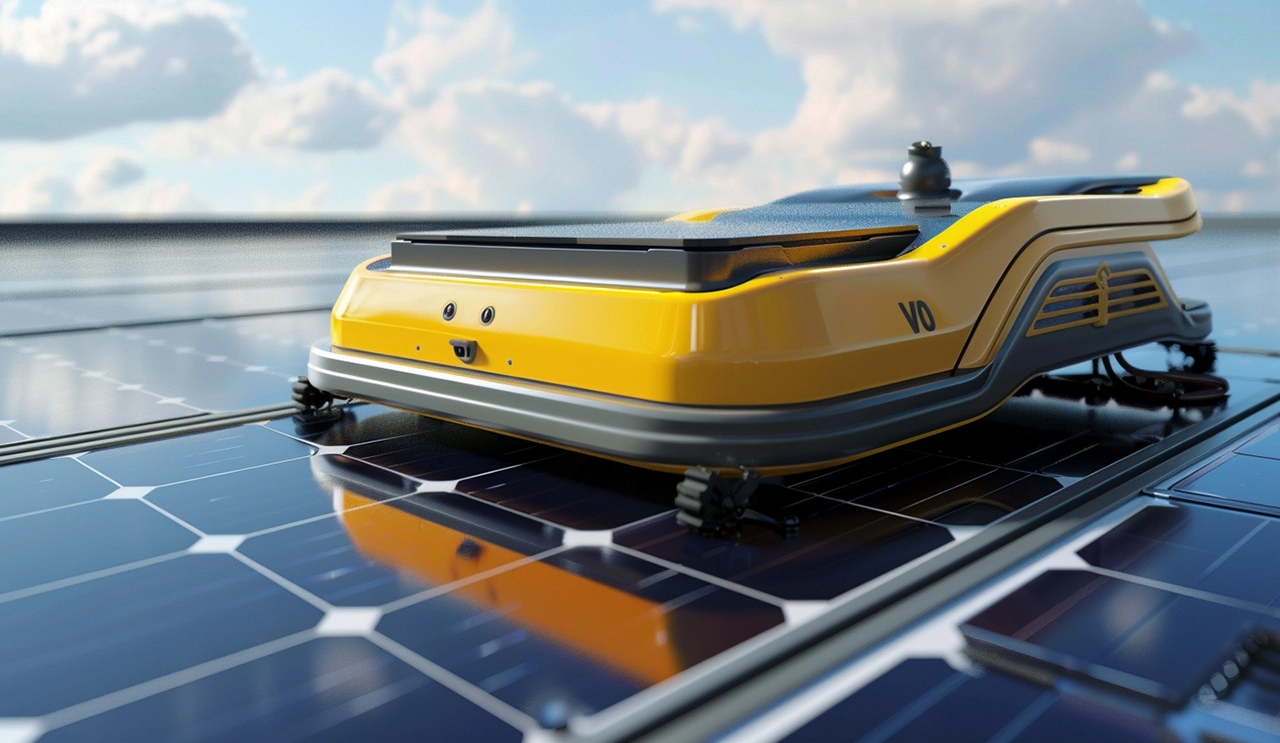
WIRELESS CHARGING IN THE NEWS
One morning, you pull into the company parking lot on an electric two-wheeler, stop at a seemingly ordinary ground sign, and your vehicle quietly starts charging. No need to plug and unplug cables, no need to find a socket, the battery life problem of electric two-wheeler is easily solved in this moment. Such a convenient travel experience is the revolutionary change brought by wireless charging technology for electric two-wheeled vehicles.
The wireless charging scheme of electric two-wheeler mainly relies on electromagnetic induction technology. It works similar to the familiar induction stoves, which transmit electrical energy through an electromagnetic field between the transmitting and receiving coils. When the two-wheeler is parked in the parking area equipped with a wireless charging base station, the receiving coil under the car can receive electrical energy from the transmitting coil of the base station to achieve charging. This process is not only simple and efficient, but also subverts the traditional concept of electric two-wheeler charging.
The application of wireless charging technology not only improves the convenience of use, but also significantly improves security. The charging process of traditional electric two-wheeled vehicles often needs to be exposed to a variety of environments, encountering water, dust and other debris, which may cause safety hazards such as short circuit and fire. Wireless charging does not require physical contact, and the wear and aging problems of the charging interface are solved. In addition, many wireless charging base stations have built-in safety monitoring systems that can automatically power off when anomalies are detected, ensuring a safe charging process.
Imagine you're looking for parking in a busy city, and every parking space you see marked with a wireless charging symbol is a potential charging point. This not only greatly reduces the time you have to search for charging points, but also makes the use of urban space more efficient. The wireless charging system can be linked with the intelligent parking management system to realize real-time monitoring and dynamic allocation of parking Spaces and charging Spaces, and optimize resource utilization. The frequent waiting time for charging will become a thing of the past, and owners can plan their travel routes and times more freely.
Wireless charging also brings new opportunities for charging facilities and energy management. With the advancement of technology, the efficiency and transmission distance of wireless charging are gradually improved, which can provide enough electric energy for electric two-wheeled vehicles in a short time. The charging device can be intelligently regulated and adjusted according to the specific state and load of the electric vehicle battery, avoiding the waste of energy and realizing the optimal distribution of electricity. In this case, the system can operate in an efficient and orderly manner, even in the face of large charging demands during peak hours.
Just as wireless charging of mobile phones has experienced a process from novelty to popularity, wireless charging of electric two-wheeled vehicles will also enter thousands of households and become part of our daily life. Its technology and cost are gradually declining, along with greater convenience and safety, as well as more environmentally friendly and efficient ways to travel. City streets will become cleaner and more orderly, no longer bothered by cables and traditional charging points, and electric two-wheelers will be free to travel.
In this context, it is foreseeable that the wireless charging scheme for electric two-wheeled vehicles is not only a technological innovation, but also an evolution of lifestyle. It brings not only time and cost savings, but also enhances our interaction and connection with urban space. With the continuous progress of science and technology, wireless charging will no longer be a dream of the future, but a reality close to our lives, making every journey easier and more pleasant.







